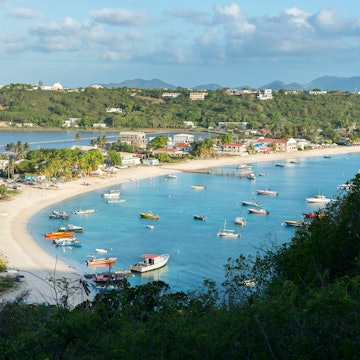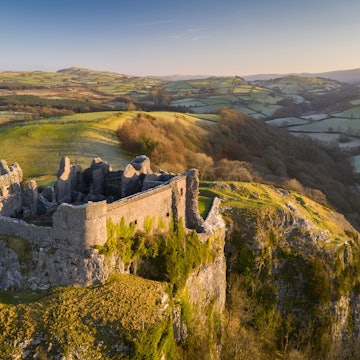
Top 16 experiences around Windermere, in England’s scenic Lake District



Take a summer dip in the Lake District, Cumbria. blue sky in my pocket/Getty Images
Blessed with lakes, fells (mountains), castles and a truly distinct culture, England’s northernmost regions are both bleak and sublimely beautiful.
The Lake District is England’s wild northern frontier. Its beauty can be as harsh as its history, and its variety is equally stunning. Ribbon-like Lake Windermere is the glacier-carved jewel at the heart of Lake District tourism.
Like conjoined twins on the lake shore, the towns of Windermere and Bowness are served by trains (unlike most towns within the Lake District National Park), making the lake a perfect base for exploring. The tourist economy here is highly developed – restaurants, hotels, adventure operators, boat-rental services, outdoor suppliers, and pubs cater to visitors year-round.
Yet despite their popularity, Windermere and Bowness retain their abundant charm. Here are the best things to do in and around Windermere and England’s Lake District.
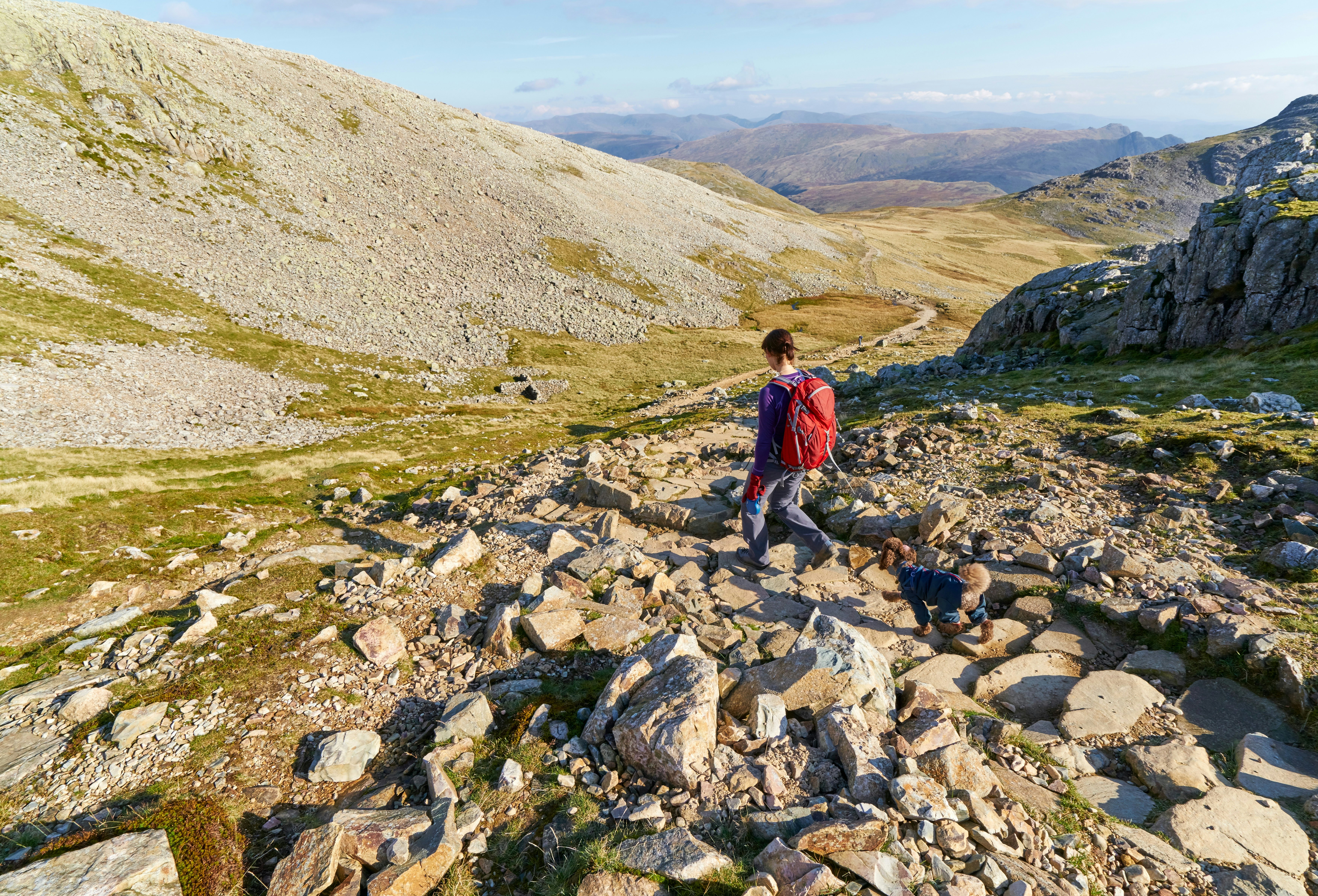
1. Climb England's tallest mountain
While the northern Lake District is dominated by towering fells, the very highest lie further south. Around Great Langdale, you'll find a continuous procession of intimidating peaks, some the result of volcanic activity, and all shaped by millennia of weathering and glacial action.
Those with the climbing bug feel compelled to tackle the biggest peak, and in England, that's Scafell Pike (978m/3209ft). On a clear day, they say that 1085m (3560ft) Yr Wyddfa (Mt Snowdon) in Wales and 850m (2789ft) Slieve Donard in Northern Ireland are visible from its summit.
The most popular route up Scafell Pike is from Wasdale, although Seatoller to the north offers a more interesting approach. From the summit, paths lead onward to the grassy bowl of Lingmell Col (734m/2408ft), and the ridge of Mickledore (840m/2756ft), which then leads to Scafell (964m/3163ft). Other paths lead to Great End (910m/2985ft), Esk Pike (885m/2903ft) and Allen Crags (785m/2575ft) via Esk Hause pass.
The peaks known as the Langdale Pikes run along the northern fringe of the Great Langdale valley, east of Scafell. The most prominent are Bow Fell (902m/2959ft), Harrison Stickle (736m/2415ft), Pike o’Stickle (709m/2326ft) and Pavey Ark (700m/2297ft).
There are more notable peaks to consider in the Coniston region, including the Old Man of Coniston (803m/2631ft), Brim Fell (796m/2612ft) and the smaller and comparatively easier to climb Black Fell (323m/1059ft), north of Tarn Hows.
Planning tip: All these fells can be climbed on well-trodden trails, but they should obviously only be attempted by fit, experienced, well-prepared hikers, when weather conditions are good.
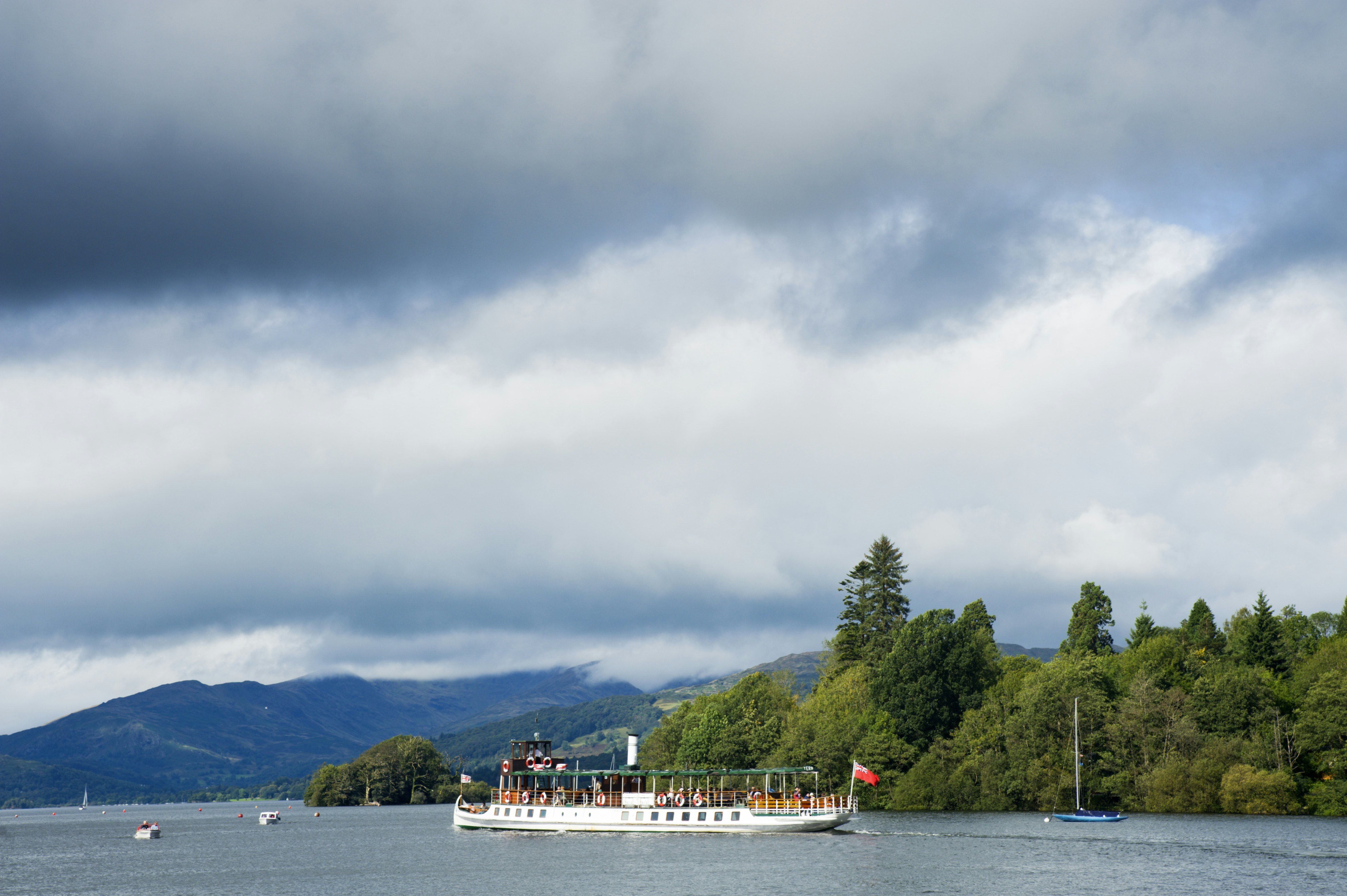
2. Cruise across Lake Windermere
Since the launch of the first passenger ferry in 1845, cruising on the lake has been an essential part of every Windermere itinerary. Some vessels are modern, but there are also some period beauties dating back to the 1930s. Various cruise options explore different areas of the lake, and all allow you to disembark and catch a later ferry back.
The most popular route is the Islands Cruise, a 45-minute circuit around Windermere's shoreline and islands. There are 18 islands on Windermere – the largest, Belle Isle, encompasses 16 hectares (39.5 acres) and an 18th-century Italianate mansion. The smallest is Maiden Holme, little more than a patch of soil and a solitary tree. The north-lake Red Cruise goes from Bowness to Ambleside, while the south-lake Yellow Cruise heads down to Lakeside and the Lakes Aquarium.
The lake's shoreline is owned by a combination of private landholders, the National Park Authority and the National Trust, but the lakebed (and thus the lake itself) officially belongs to the people of Windermere. Local philanthropist Henry Leigh Groves purchased it on their behalf in 1938.
Local tip: From April to October, motor boats can be hired from the pier at Bowness by the hour to tour the lake – but we warned, there's a 10mph (16 km/h or 8 knots) speed limit, so plan for a gentle day out.
3. Snap a picture of the mythical Bownessie, if you can
Ever-popular Lake Windermere is not somewhere that particularly needs more publicity, but rumors of a mythical underwater monster never hurt, do they? Just ask Loch Ness in Scotland.
There have been over 10 reported “sightings” of Windermere’s own monster, though, unsurprisingly, none have ever been verified. A kayaker in 2011 produced a grainy photo said to be proof of the existence of the cleverly dubbed “Bownessie,” but it was dismissed for leaving too much out of shot.
At 11 miles (17.5km) in length, Windermere is the largest natural lake in England, meaning there’s plenty of room for a mysterious monster to take up residence. Be sure to have a camera on hand when you’re here, just in case.
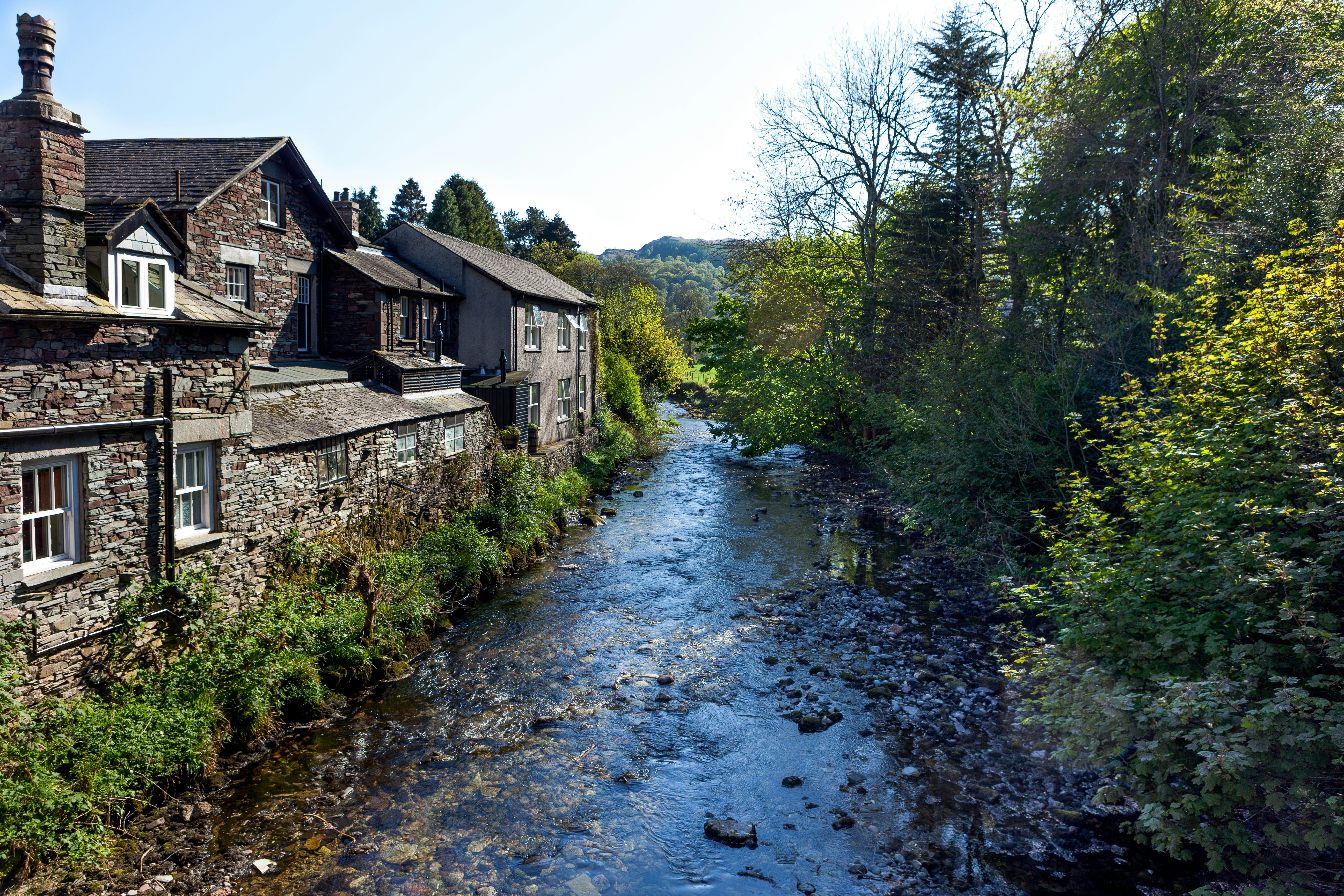
4. Follow in the footsteps of Wordsworth in Grasmere
Picturesque Grasmere is everything you might imagine of a Lake District village, and it’s closely associated with the poet Wordsworth. To find out more, head to the pretty Dove Cottage & Wordsworth Museum, an essential stop for anyone interested in the Romantic poets.
Next, drop by the austere 13th-century St Oswald’s Church in Grasmere, where you’ll spy Wordsworth's tomb. Hire a boat from Ableside's Low Wood, and you can channel your inner Wordsworth while you glide across tranquil Grasmere Lake or Rydal Water and contemplate the perfect fell scenery.
Alternatively, why not wander "lonely as a cloud" on an invigorating Romantics-inspired walk? The 4-mile (6.5km) circuit to Helm Crag climbs quite steeply, but rewards your efforts with the jagged summit rock formation known as the Lion and the Lamb (360m/1181ft) and more peerless views.
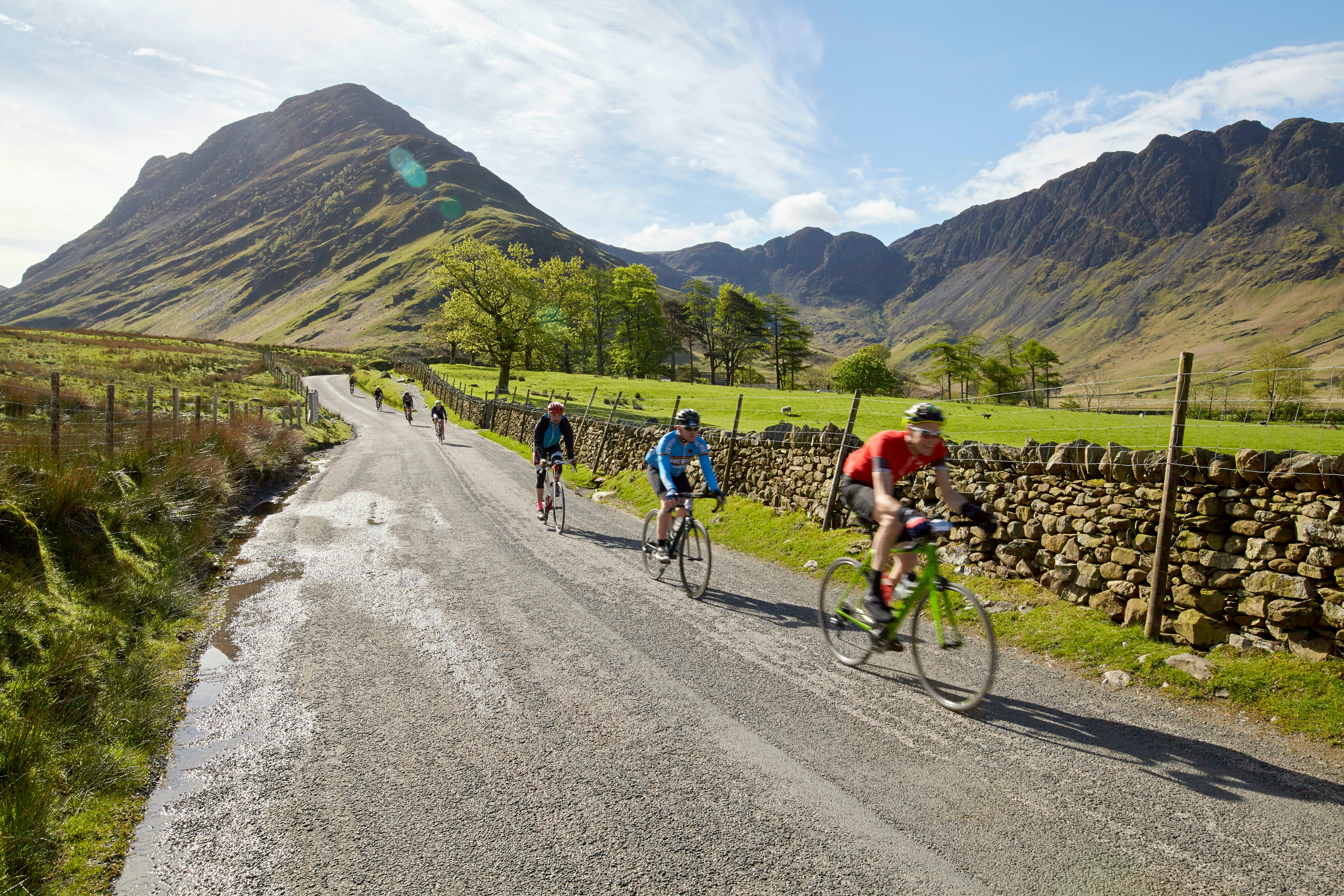
5. Get out on a cycle ride
If cycling is your thing, don’t be daunted by the hills of the southern Lakes. The slopes surrounding Windermere offer plenty of great mountain biking, the cycling infrastructure is excellent, and it can be the most rewarding way to explore this exceptional landscape. Whether it’s a challenging fell climb or a laid-back family ride you’re after, you’ll find it here.
For the seasoned cyclist, the Kentmere Horseshoe Circular is a tough 12-mile (19km) loop gaining over 1000m (3000ft) in elevation and crossing some rough and rocky patches. On Windermere’s western shore, the High Wray & Wray Castle Circular is a much easier, flatter 6-mile (9.5km) circuit offering the chance to visit 19th-century Wray Castle. The pastoral Lyth Valley, famous for its spring damsons and daffodils, is a flat 13-mile (21km) circuit from Sizergh Castle through woodland and typical Lakeland farms.
Windermere to Staveley (11 miles/17.5km) is a good choice for families. The 20-mile (32km) circuit from Ravenglass to Eskdale mostly follows a bridleway and demands more cycling experience and fitness. The Ennerdale Valley offers trails of up to 10 miles (16km), with a 350m (1148ft) climb from Bowness Knott car park to the trailhead. Mountain bikers head to Grizedale Forest, which has seven purpose-built trails catering to all abilities.
Planning tip: You can rent bikes, pick up maps and get local advice at Windermere station.
6. Indulge in Michelin-starred Lake District fine dining
If you love a top-quality meal, the Lake District delivers plenty of celebrated options for food lovers. The 17th-century hotel-restaurant Cottage in the Wood in Whinlatter Forest turns out seasonal deliciousness using plenty of local produce.
Old Stamp House in Ambleside, with its local venison and Herdwick Hogget (meat from older lambs), exemplifies a determination to show off the best Lakeland produce. It’s housed in the cellars of an old house where William Wordsworth used to work as the Distributor of Stamps for Westmorland.
At Lake Road Kitchen, also in Ambleside, chef and owner James Cross gives diners a hint of Japanese flavors in a Scandi-style dining room. And while Cumbrian beef and Morecambe Bay bass feature at Grasmere’s Forest Side, there’s equal emphasis on vegetarian menus at this boutique hotel restaurant.
7. Visit historic Blackwell House
Two miles south of Bowness, Blackwell House is a glorious example of the 19th-century Arts and Crafts Movement, which championed handmade goods and craftsmanship over the mass-produced mentality of the Industrial Revolution.
Designed by Mackay Hugh Baillie Scott for Sir Edward Holt, a wealthy brewer, the house shimmers with Arts and Crafts details. Picture light, airy rooms, bespoke craftwork, wood paneling, stained glass and delft tiles. The mock-medieval Great Hall and serene White Drawing Room are particularly fine.
Planning tip: Leave time to stop at the Blackwell House tearoom and enjoy a top view of the lake while you recharge over tea and scones.
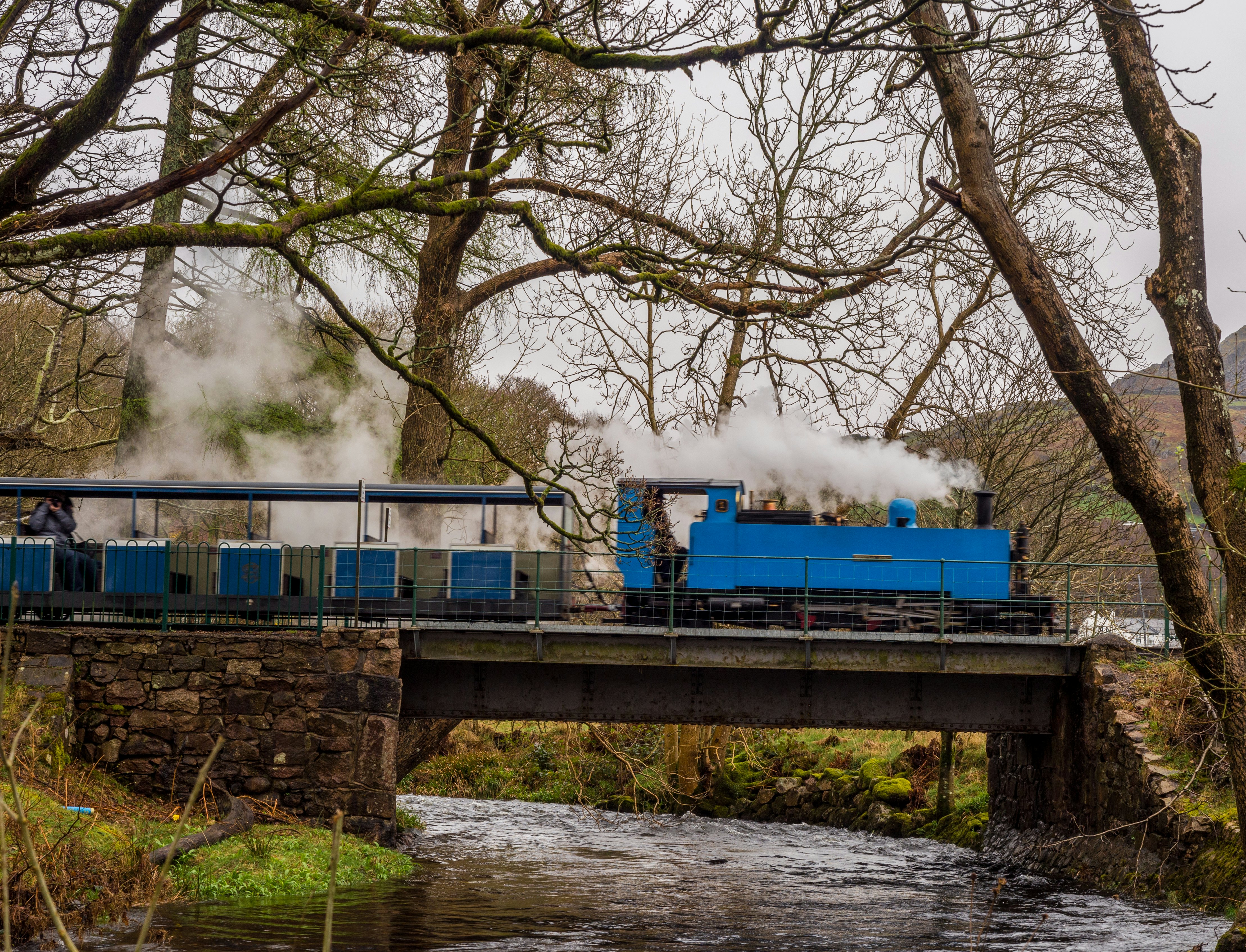
8. Geek out over heritage trains
Children always love a heritage train, and not just because they look like the trains in old storybooks. Grown-up railway buffs – you know who you are – will also love the Lakes' heritage rail lines. One of the world’s oldest narrow-gauge railways, the 150-year-old Ravenglass & Eskdale Railway runs steam trains along a scenic 7-mile (11km) route.
The Lakeside & Haverthwaite Railway connects with the Windermere ferry from Lakeside, following a restored passenger railway line from the 1860s. Here, there are five to seven trains a day, timed to correspond with the Windermere cruise boats; combo tickets include an onward lake cruise to Bowness or Ambleside.
Meandering along a mile-long circuit through Millerbeck House’s charming woods and meadows, the Millerbeck Light Railway is a miniature train that’s perfect for little ones.
Detour: Roaming further afield, the iconic 73-mile (118km) Settle–Carlisle line begins and ends just north of the Lakes in Carlisle, with steam excursions running across the Yorkshire Dales and North Pennines during the summer months.
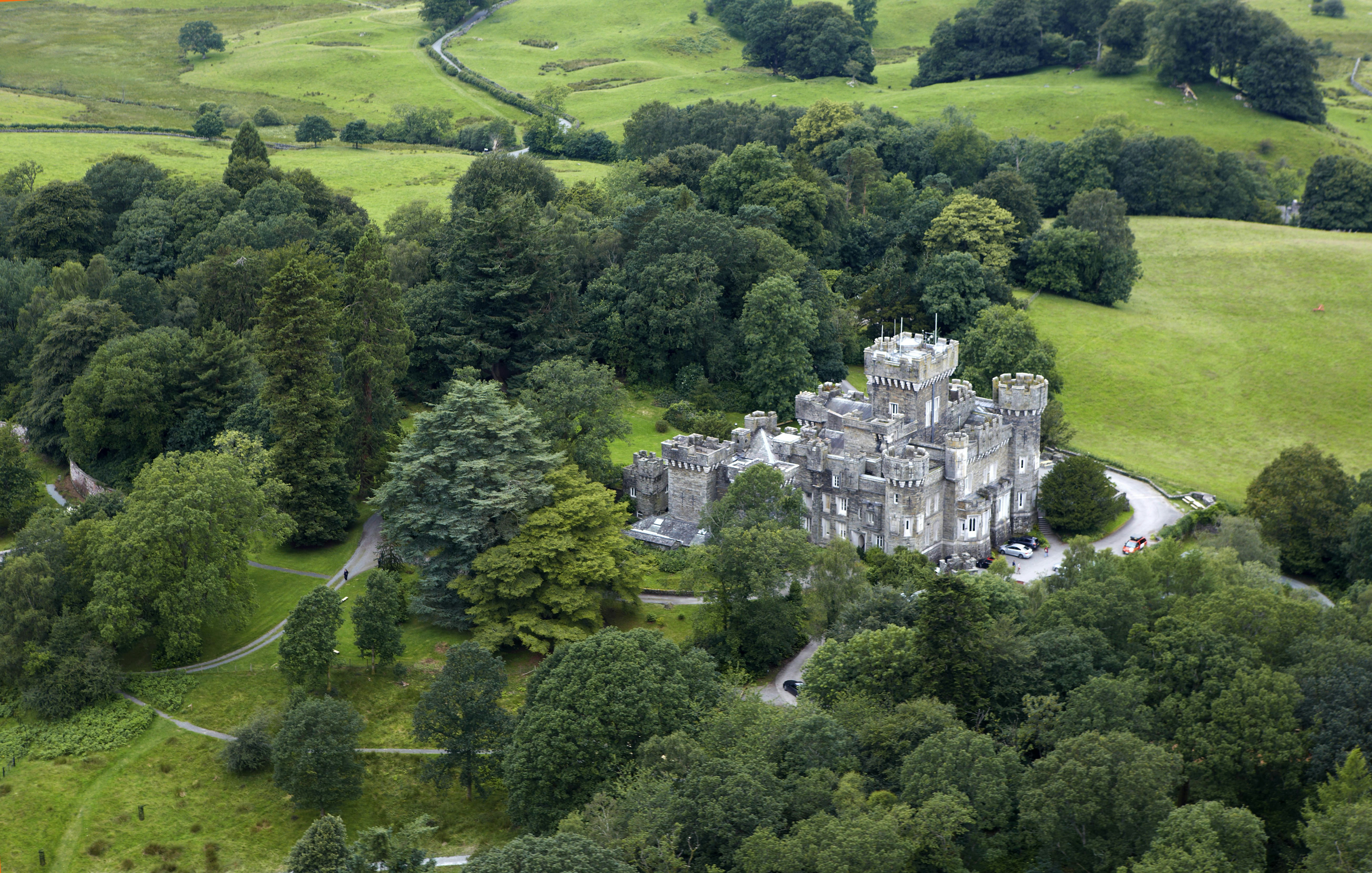
9. Be inspired, like Beatrix Potter
At Hawkshead, 4 miles (6.5km) east of Coniston, you can visit Beatrix Potter’s 17th-century farmhouse, Hill Top, and spend a night at Yew Tree Farm, part of the beloved author's former estate. Other distinctive villages with Potter connections in the southern Lakes include Troutbeck (home to the handsomely restored Townend farmhouse from around 1700), Nether Wasdale (don't miss the excellent Strands Inn & Brewery) and Eskdale Green.
The impressive Wray Castle, a mock-Gothic castle, was built in 1840 for James Dawson, a retired doctor from Liverpool. It was once used as a holiday home by Beatrix Potter's family. Though the interior is largely empty, the lakeside grounds are glorious. The best way to arrive is by boat from Bowness; there's limited parking and preference is given to non-driving visitors on busy days.
10. Unwind on a short Lakes ramble
There are plenty of challenging hikes or multi-day walks to tackle in the Lake District, but if you’re short on time or energy, sometimes you just want a leisurely amble with a view. The rocky prominence of Orrest Head promises sweeping 360-degree views on a relatively easy 2-mile (3.2km) circuit from Windermere.
From Ambleside, you can walk to the Stock Ghyll Waterfall on a moderate 5-mile (8km) circuit that takes you past the Galava Roman Fort and several smaller waterfalls. The West Coast Scenic Loop takes you on a 5-mile (8km) circuit from Bowness to Ferry Nab, cruising past west coast panoramas.
A 4.5-mile (7km) return hike along the rural Troutbeck Valley leads to the bucolic, grassy prominence of Troutbeck Tongue (364m/1194ft). Or there's the 3-mile (5km) loop walk at Queen Adelaide's Hill, which climbs through woodlands to reveal fine views over Windermere – and rewards you with a couple of benches where you can rest and admire the scenery.
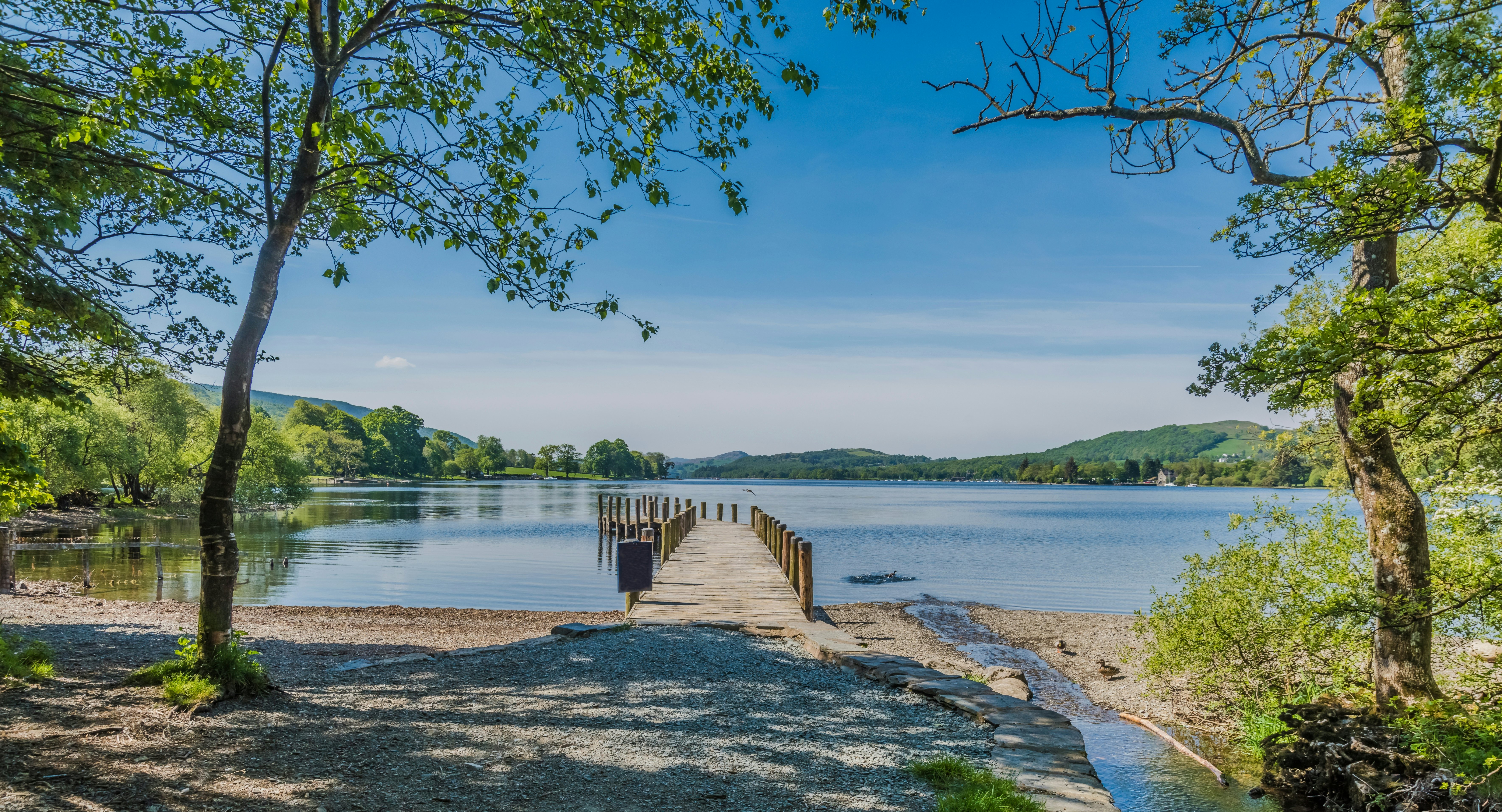
11. Go wild swimming
The Lakes are also one of the UK’s premier spots for wild swimming. Novices may appreciate the reassurance of an organized swim, arranged through an outfit such as Swim on the Wild Side in Millbeck at the southern end of Derwentwater. More experienced swimmers can seek more remote spots on websites such as wildswimming.co.uk.
Rosthwaite in Borrowdale offers a range of wild swimming experiences – from shallow, family-friendly pools fed by cascades to deeper cliff dives and splashing in tarns (small lakes) on the heights of Scafell Pike. For more inspiration and tips from the experts, pick up Lonely Planet’s The Joy of Wild Swimming. As anywhere, you should never swim alone, and always check the weather and know your skill limits.
Planning tip: Be sure to check where you can (and cannot!) swim in the Lake District. The national park website has a guide.
12. Follow in the footsteps of the Romans
The Romans invaded Britain under Emperor Claudius in 43 CE, but they didn’t begin to establish forts, roads and settlements in Cumbria until after 70 CE. Roman governors ruled parts of “Britannia” until the early 5th century, and their legacy still shows in several places around the southern Lakes. Hardknott Roman Fort, built under Hadrian in the 2nd century CE by Hardknott Pass, still retains the footings of its symmetrical walls, bathhouse and several other buildings.
The ever-inventive Romans also constructed a road around 110 CE to link Ravenglass’ coastal fort and baths with the garrisons at Ambleside and Kendal. While today’s road doesn’t mirror the Roman effort, it’s impressive that they even managed to construct one in such unforgiving terrain.
The 12-mile (20km) High Street Roman Road linking Brougham to Ambleside passes over high fells (including the eponymous High Street Mountain), and stone kerbs and paving can still be seen in places.
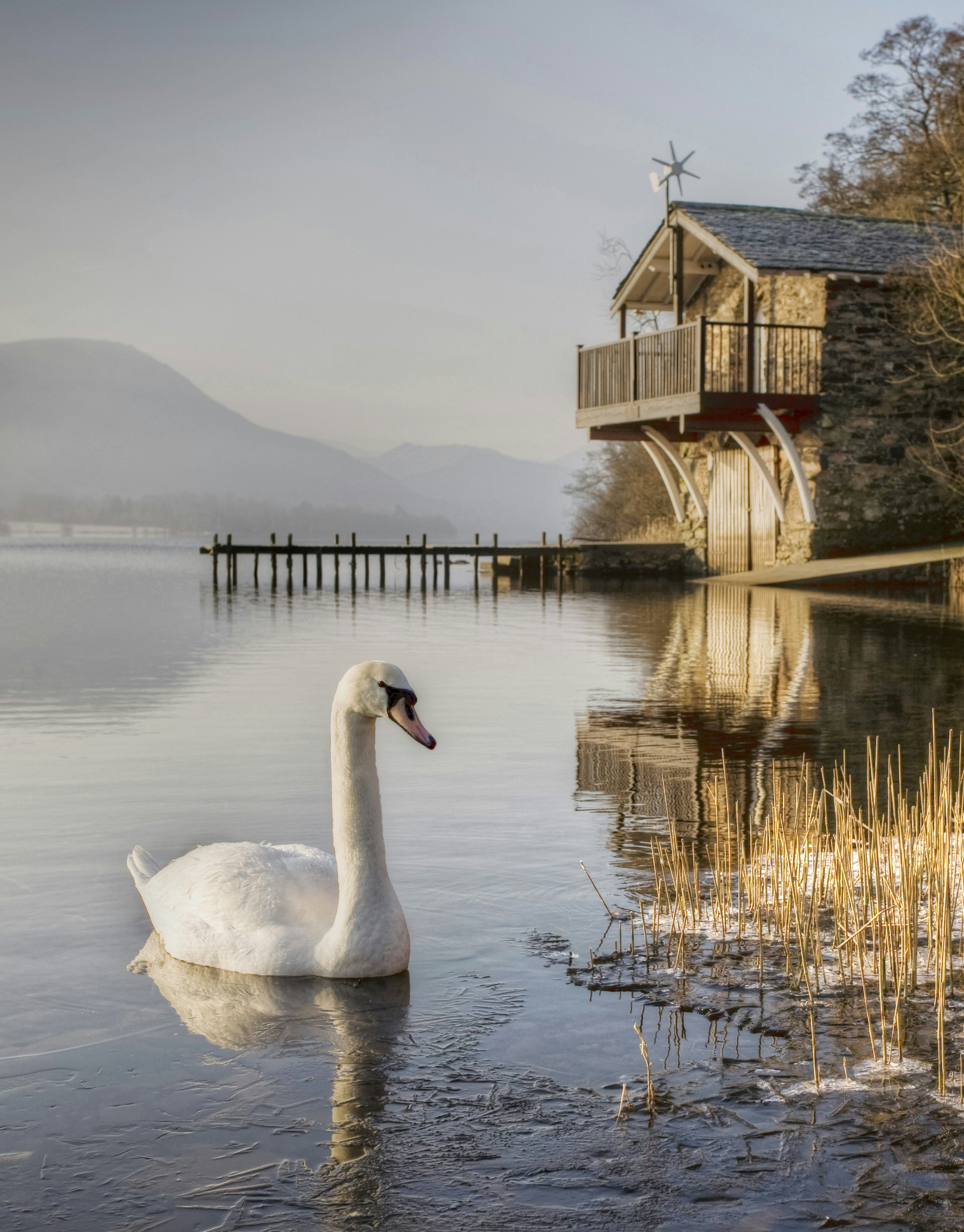
13. Learn to paint landscapes like a Romantic
The Lakes are inspirational, that much is agreed! From the greats to amateurs, many artists have come here seeking the perfect spot to pull out their easels and watercolors. The most famous painters associated with the Lakes are the Romantic painters JMW Turner and John Constable, but there are many others.
Other artists of note include William Heaton Cooper, famous for his impressionistic Lakeland landscapes, and Sheila Fell, who used oils to convey the melancholy and awe of her native Cumbrian mountains. Also consider the work of critic and painter John Ruskin, who lived at Brantwood on Coniston Water, and Beatrix Potter, who also had a talent with watercolors.
If you’re moved to imitate these luminaries, consider a painting course or holiday with Alpha Painting Holidays. The Lakes are so abundant in glorious vistas, changing with the light and seasons, that you’re sure to find something worthy of your brushes.
Planning tip: If you're a walker with artistic leanings, keep a pad and pencils, pastels or watercolors handy; you’ll definitely stumble across some inspiration!
14. Enjoy a pint with a view at the Masons Arms
A few miles east of Lake Windermere, near Bowlands Bridge, the not-so-secret Masons Arms pub is the perfect place to stop for a pint after a long day rambling up and down mountains. The rafters, flagstones and cast-iron range here haven't changed in centuries, and the patio has to-die-for views across fields and fells. It also serves a decent menu of pub classics – think fish and chips, burgers, pie and mash, rump steak, scampi and the like – made with locally sourced ingredients.
Planning tip: Book ahead if you plan to stay for a meal, as it gets busy.
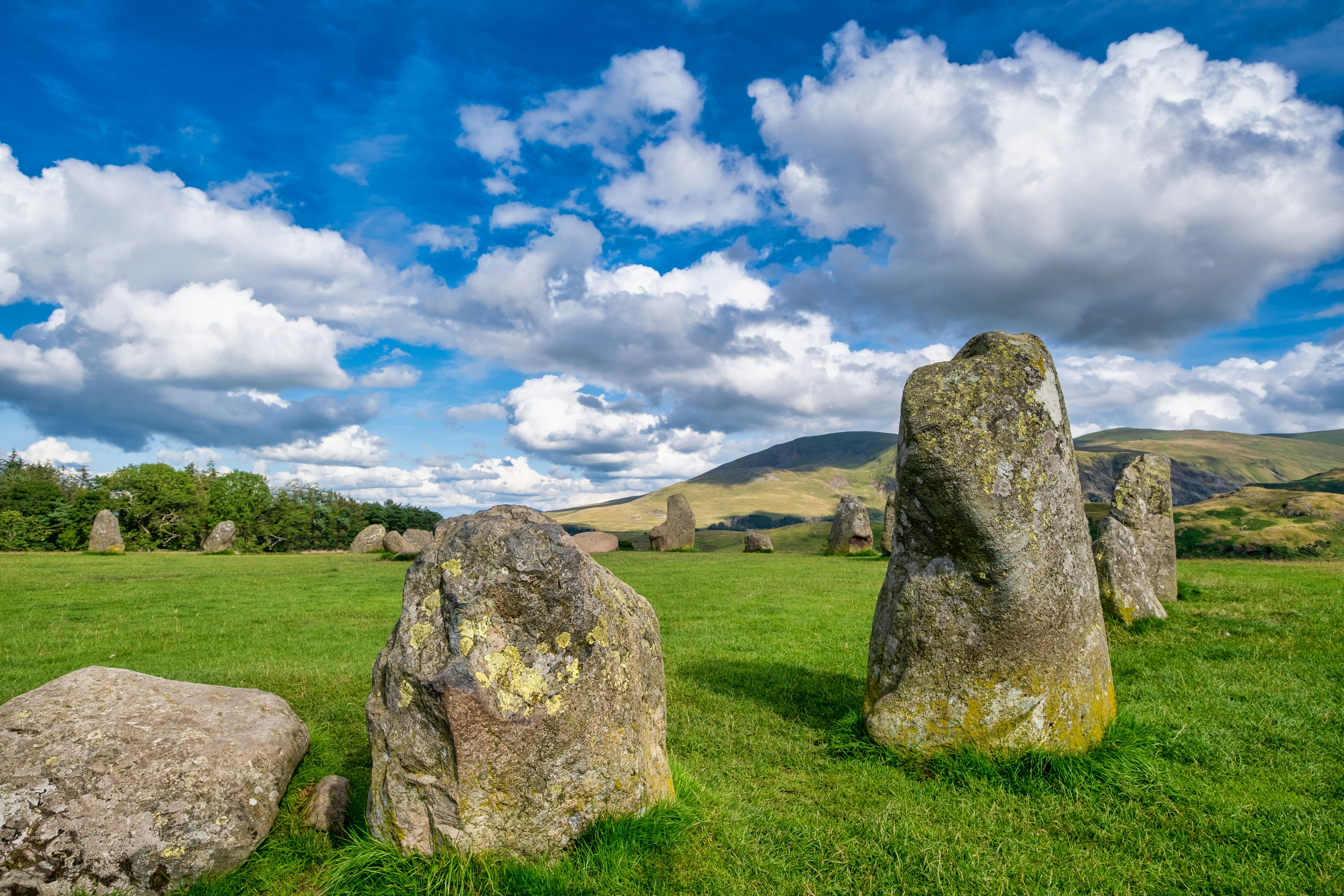
15. Day trip to Keswick and the northern lakes
For a change of scenery, take a trip to the “capital” of the northern Lakes, Keswick (“Kezzick”). It’s also the ideal base for exploring Derwentwater, Ullswater, Buttermere and other quintessential Lake District locations if time allows you to stay longer.
The town’s twisting medieval layout and lakeside location make it lovely in its own right; while human habitation here reaches back to Neolithic times, Keswick flourished from 1276, when Edward I granted it a market charter.
Visitors come for the nearby hikes, including the steep 451m (1480ft) climb to Catbells from Hawes End jetty on Derwentwater's west side. The hikes to Skiddaw (931m/3055ft) and Blencathra (868m/2848ft) are harder. Also recommended is the walk to the Castlerigg Stone Circle, which sits inscrutably beside beautiful vistas of High Seat, Helvellyn and the Thirlmere Valley.
16. Go camping in the Lake District
Getting away from cars, crowds and creature comforts is one of the best ways to enjoy the Lakes. The most popular areas to camp around the southern Lakes are Eskdale, Wasdale, Langdale (try Great Langdale near Dungeon Ghyll) and near Coniston Water.
Being properly prepared is essential, as each season brings its own delights and difficulties. Winter is the quietest season, and you may be rewarded with bright days and stirring snow-clad scenery. Spring brings damsons, daffodils, bluebells and the beginning of warmer days.
Summer means longer daylight hours for walking, occasional glorious weather, and more chances to strike up a conversation with fellow walkers over a well-earned pint at a local pub. In autumn, you’ll be treated to stunning colors and the dwindling of the crowds.
This article was adapted from Lonely Planet’s England guidebook, published in June 2025.














